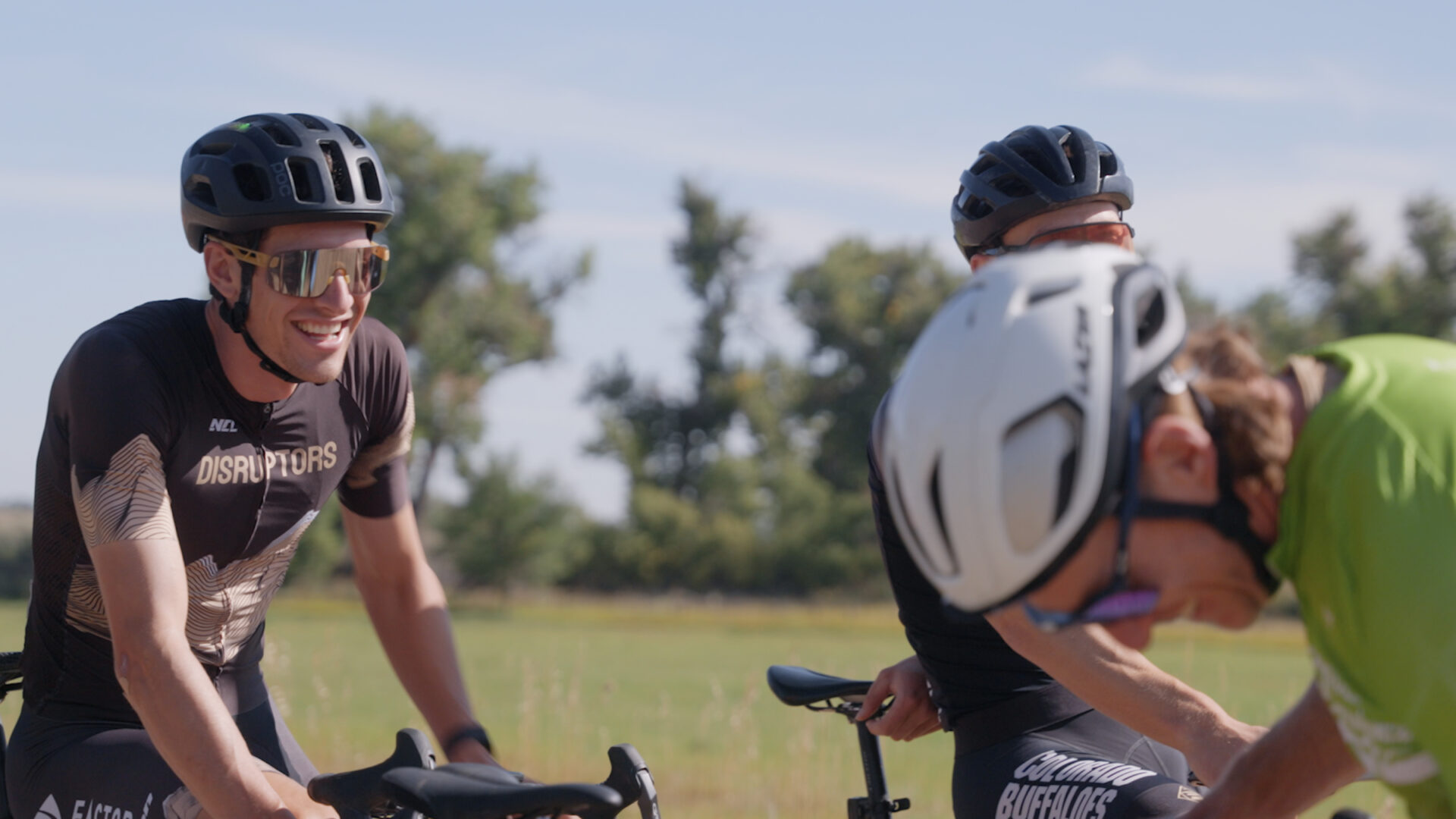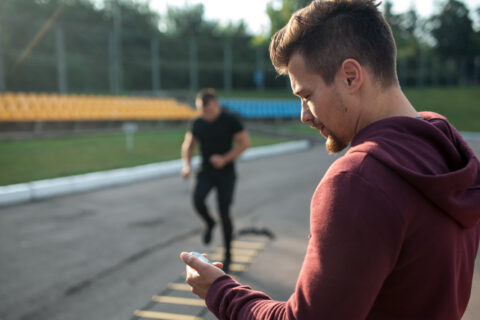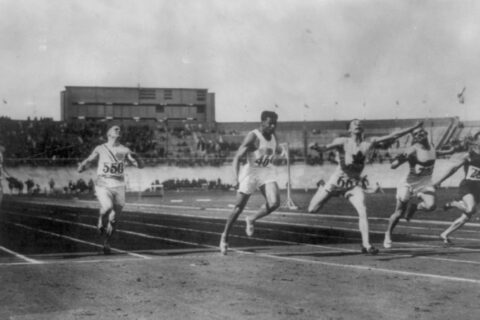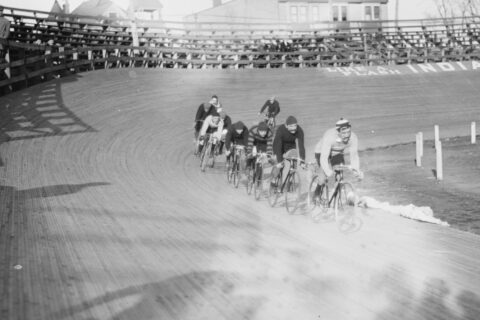Every athlete of any ability level can benefit from the guidance of a good coach. We explore the coach-athlete relationship, and offer advice on how to reap the greatest rewards from working with a coach.
Every athlete of any ability level can benefit from the guidance of a good coach. We explore the coach-athlete relationship, and offer advice on how to reap the greatest rewards from working with a coach.




